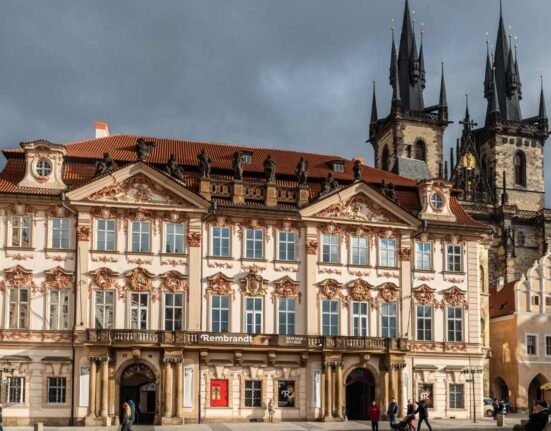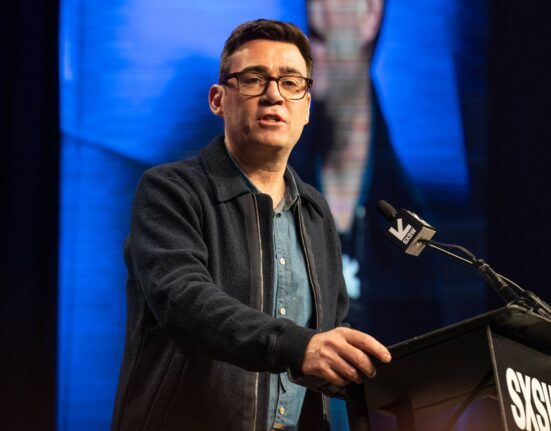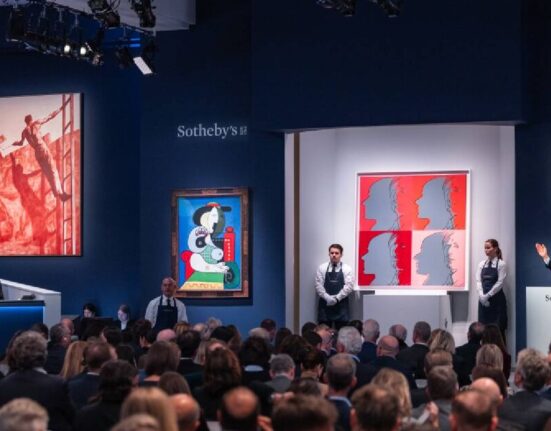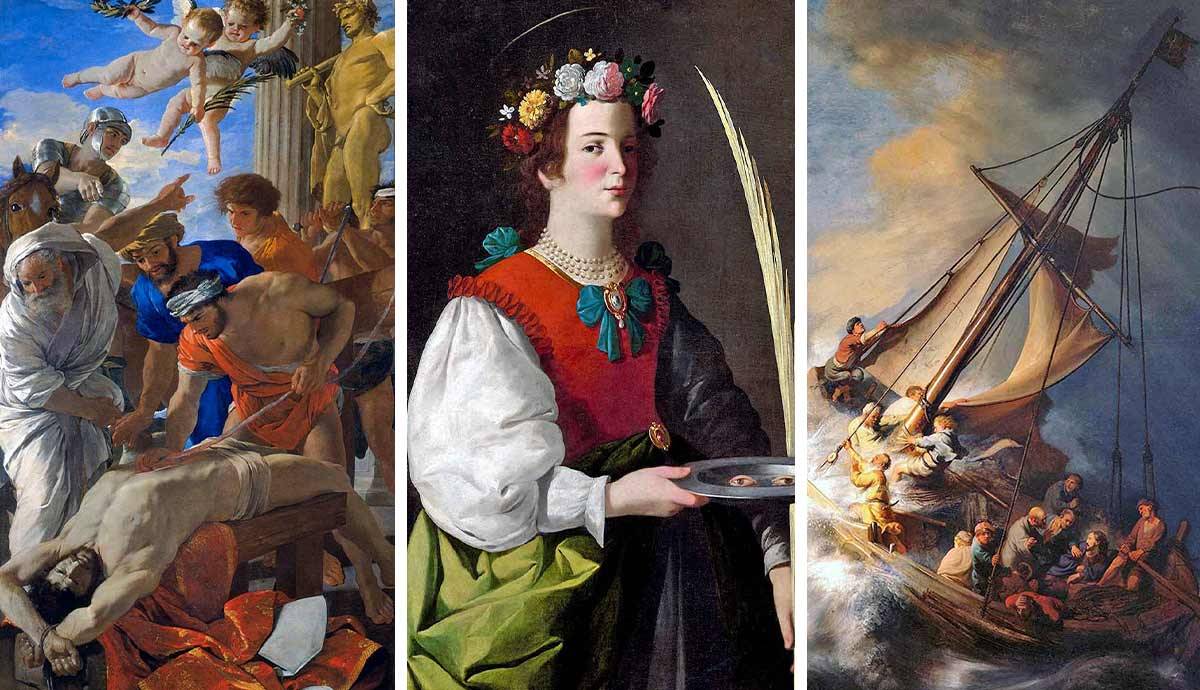
The art movement of Baroque began as the Catholic church’s attempt to win back the loyalty of its followers. Baroque artists manipulated the audience’s emotions by using contrasting light, dramatic poses, and exaggerated mimics. The final result left a lasting impression triggering empathy for the pain and suffering of the painted figures. Here is a list of the most remarkable Baroque artists you should know.
1. Michelangelo Merisi de Caravaggio (Italy): The Infamous Baroque Artist
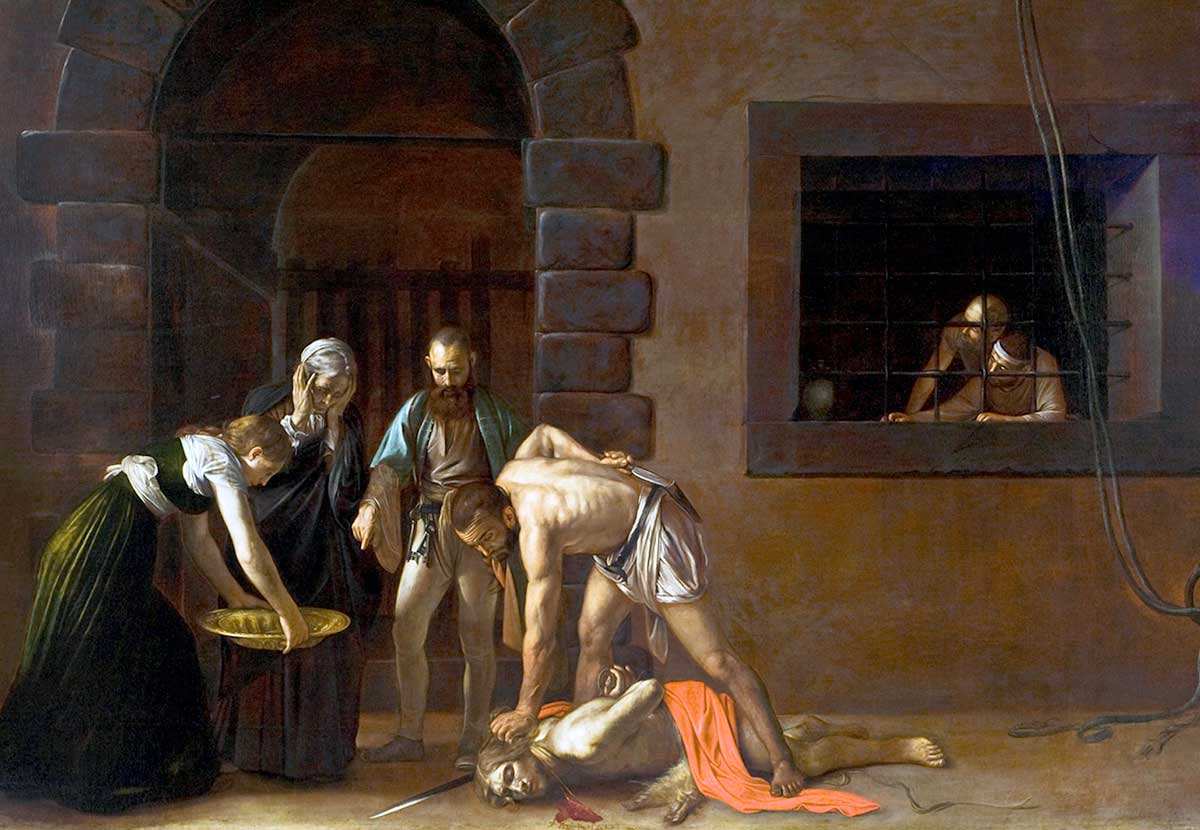
The infamous, the great, and the terrible — Caravaggio was the key figure of Baroque art. Some call him the first modern artist who reinvented the visual language of European art. His works were admired by many European patrons but they were also rejected by some because of their naturalistic look. Another reason for some collectors’ refusal to work with Caravaggio was his violent and unpredictable temper.
For years, the mystery of Caravaggio’s death remained unsolved. Some believed he was murdered by one of his innumerable enemies, while others thought he died of syphilis. However, after inspecting the artist’s remains in the 2010s, scientists discovered that Caravaggio most likely died because of an infected knife wound. Another enlightening discovery was the abnormally high amount of lead in the bones. Lead was a widespread paint component of the time, and excessive exposure to it might have contributed to his violent outbursts.
2. Nicolas Poussin (France)

Nicolas Poussin represents the French wave of Baroque, although he spent a significant amount of time working in Italy. Poussin did not get much of an art education, but his curiosity and eagerness to learn allowed him to take the best from the French and Italian masters of his time. As an emerging artist, he swiftly started earning commissions despite his unwillingness to join artists’ guilds.
Get the latest articles delivered to your inbox
Sign up to our Free Weekly Newsletter
Poussin’s paintings were often constructed as comics, with several stages of the story depicted in one frame. Although the majority of Baroque artists switched back and forth between religious subjects and everyday scenes, Poussin was adamant in his preferences. Most of his works were Biblical or mythological subjects or imaginary idyllic landscapes inspired by antiquity. Yet, Poussin was innovative in his approach, experimenting with color and narrative.
3. Diego Velazquez (Spain)
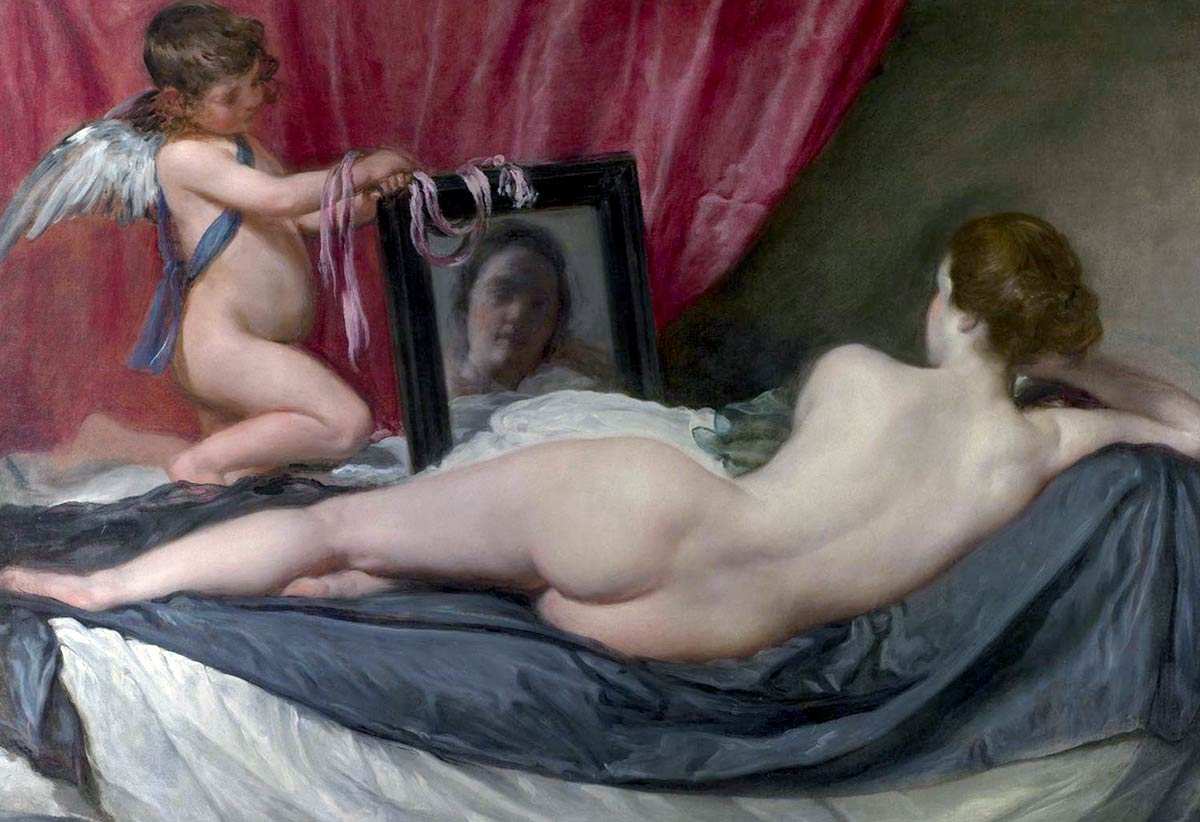
Diego Velazquez worked as the official painter of the royal court. To facilitate his social mobility and career, Velazquez made up a story about his aristocratic origins. This version of his biography circulated for centuries, until the late 1990s when art historians discovered that the most famous painter in Spain was actually born in a Jewish quarter in Seville, with relatives from his father’s side being Portuguese Jews who converted to Christianity.
Velazquez’s painting Rokeby Venus lives a remarkable life of its own centuries after Baroque fell out of fashion. In 1914, a suffragette Mary Richardson entered London’s National Gallery with a meat cleaver, and slashed the painting, aiming at the curve of Venus’ body. Richardson’s attack was an attack on the establishment and the perception of the ideal female body.
4. Francisco de Zurbaran (Spain)

Francisco de Zurbaran, the Spanish Baroque artist, was the most remarkable representative of the movement in his region. Spreading through the continent, Baroque absorbed folk traditions, adapting itself to the needs of various communities. The Spanish Baroque became ever more intense and dramatic than its Italian precursor, with pitch-black backgrounds and gruesome scenes.
One of the most successful works of Francisco de Zurbaran was his series of paintings depicting female martyrs in contemporary clothing and setting. The quality of fabric rendering and the amount of painstakingly painted details make the series valuable not only for art experts but for dress historians as well.
5. Artemisia Gentileschi (Italy)
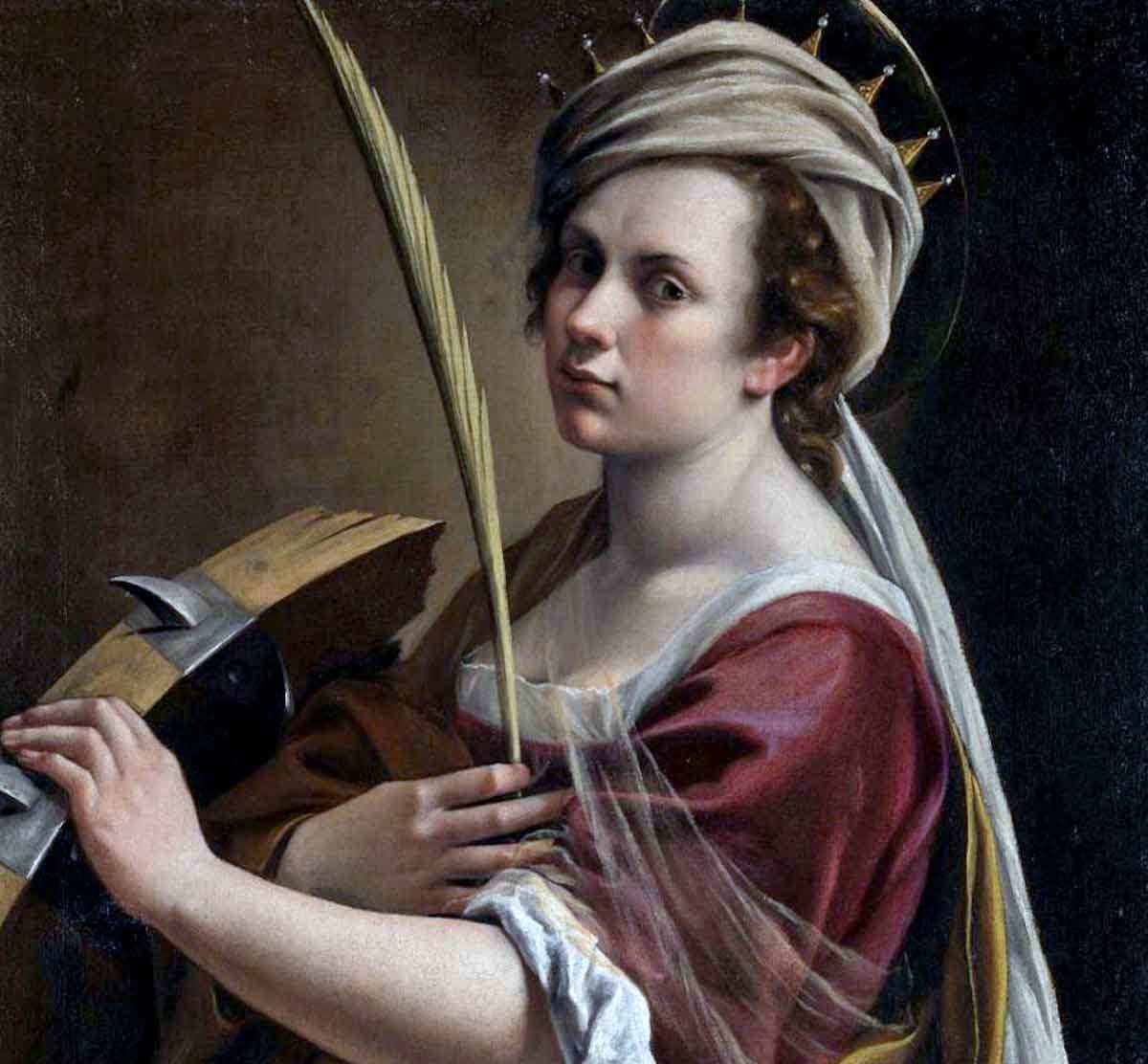
Artemisia Gentileschi was a rare representative of a woman artist during the Baroque period who achieved great success during her lifetime. While most women of her age barely had any access to education, Gentileschi was lucky enough to be born to a family of painters. She was trained by her father, Orazio Gentileschi, who was a devoted follower of Caravaggio. However, his daughter soon decided to go in a more naturalistic direction with a focus on female characters.
Some of her most famous works deal with topics of female vengeance, retribution, and violence. The reason for that was her own traumatic experience that happened during her late teenage years. Some of her paintings are self-portraits showing the artist in the role of female saints or different allegories. This practice reflected Gentileschi’s confidence in her talent and agency and self-recognition as an established master.
6. Annibale Carracci (Italy)
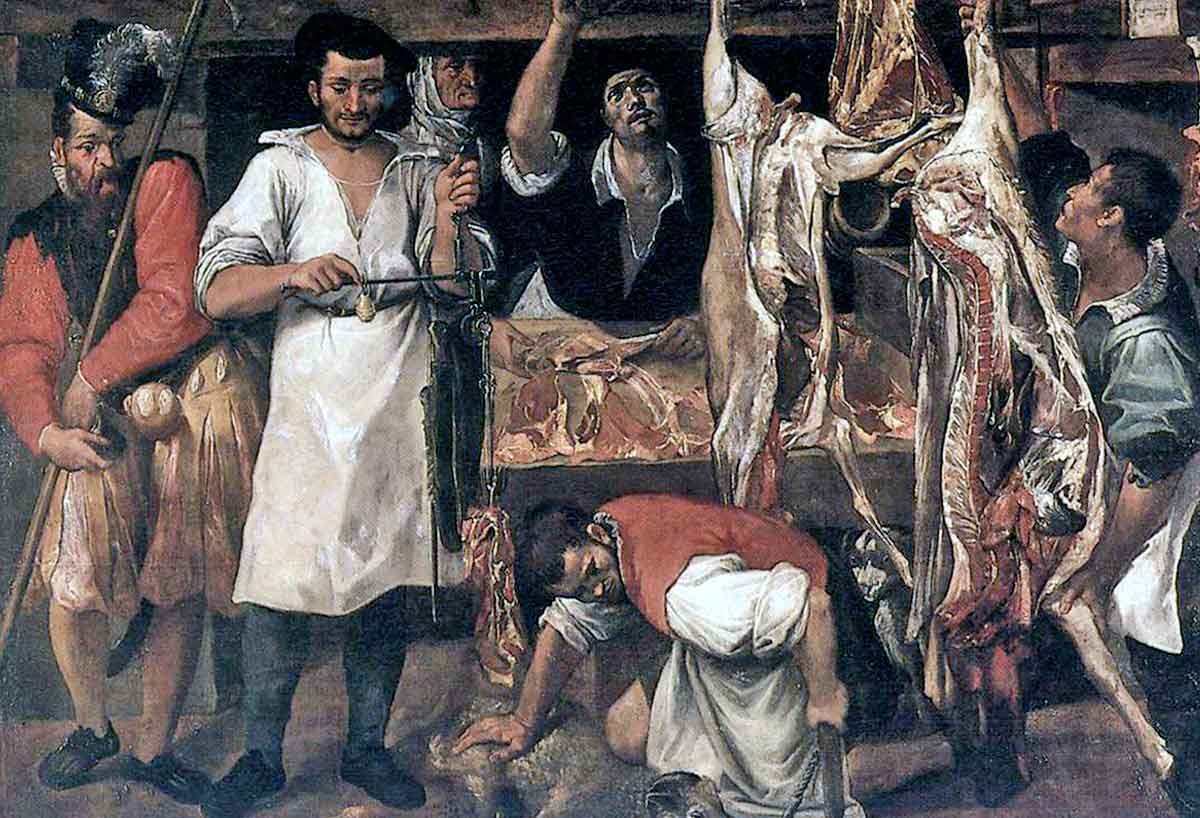
Along with Caravaggio, Carracci was the artist who helped Italian art depart from Mannerism and switch to Baroque. One of the most significant traits of Carracci’s work was his deliberate refusal to idealize figures and scenes. Like many artists of the time, he had an interest in physiognomy, a pseudoscientific theory on how facial features reflect a person’s character. For that reason, he sometimes painted grotesque faces or exaggerated his models’ expressions.
In Carracci’s time, the art world was more ruthless than ever. In Naples, a group of artists under the name The Cabal of Naples targeted Carracci’s followers in order to eliminate competition for art commissions. The Cabal of Naples did not just destroy artworks, they also murdered several artists.
7. Gian Lorenzo Bernini (Italy)
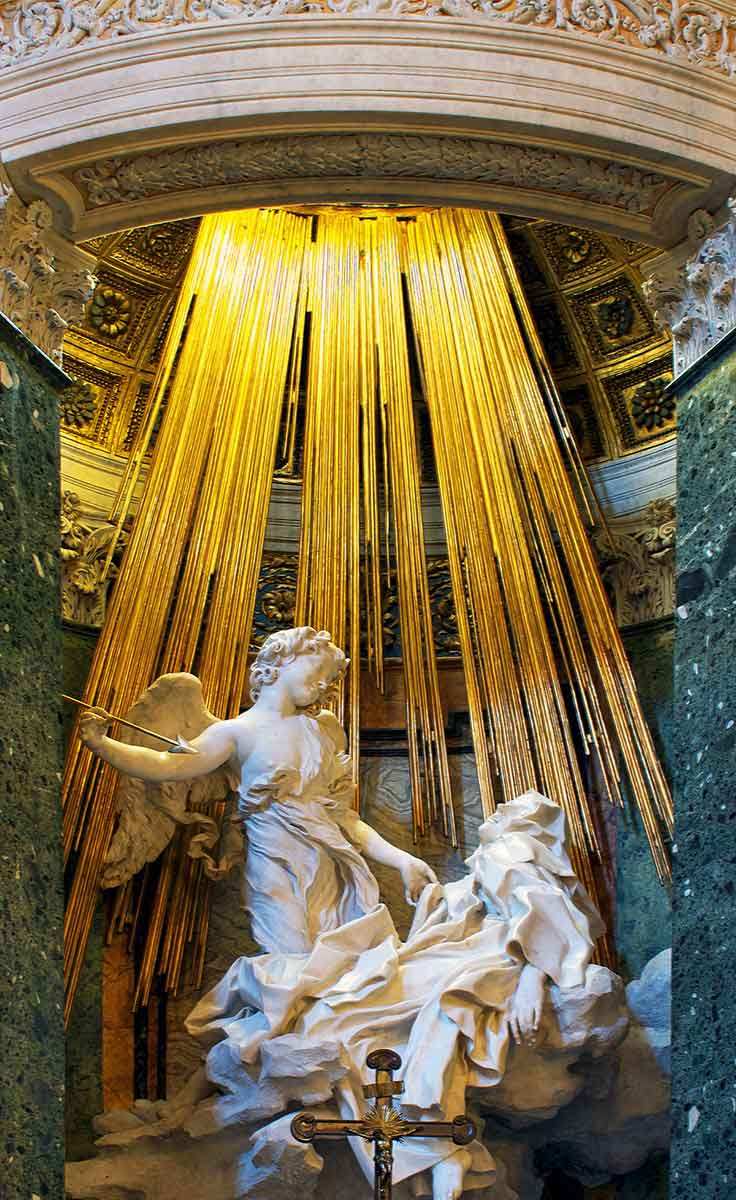
What Caravaggio meant for Baroque painting, Gian Lorenzo Bernini meant for sculpture. He received his initial training from his father Pietro Bernini, a prominent sculptor of Florence. In his later years, Bernini moved to France to work at Louis XIV’s court.
Bernini’s most significant oeuvres are impossible to transport since they are parts of buildings surrounding them. For example, the sculptural group Ecstasy of Saint Teresa was made for Santa Maria della Vittoria church in Rome. Bernini’s depiction of the saint receiving divine revelation is not simply theatrical—it is theater, with an opera box occupied by the patron and his family sculpted on the side.
8. Peter Paul Rubens (Flanders)
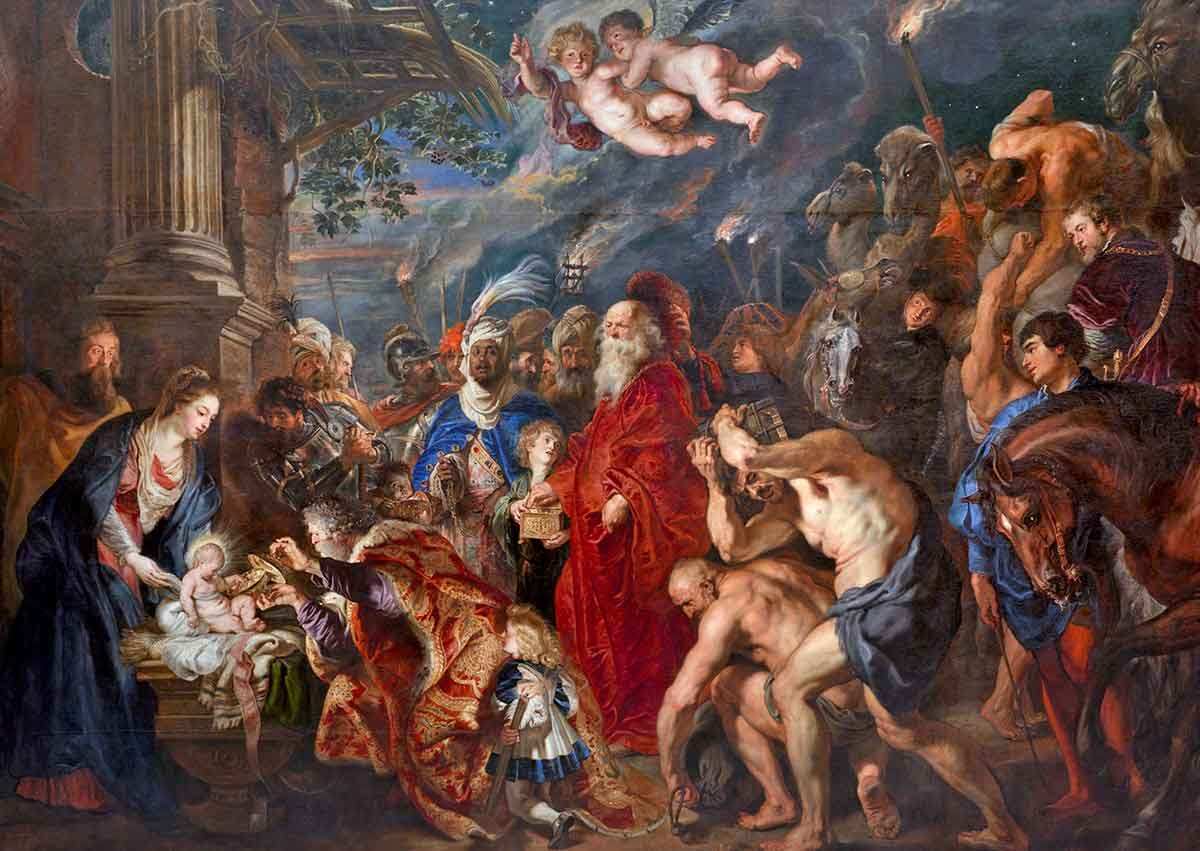
Peter Paul Rubens was one of the greatest stars of Baroque painting. His artistic style formed based on Italian Renaissance paintings he saw and copied during his travels through Europe. Rubens’ lifetime coincided with the rule of the Spanish branch of the Habsburg family in the region. The influence of Spanish culture was immense and blended successfully with local tradition.
The art of Rubens is a prime example of such a blend. It’s a place where intense, emotional, and grim Spanish Baroque meets the established legacy of Flemish artists like Pieter Brueghel the Elder and Jan van Eyck. The final result was so well received that Rubens’ workshop soon became famous throughout the whole continent. Apart from his artistic career, Rubens was a recognized diplomat who represented the Spanish Netherlands in England, Spain, and France. By some accounts, he was also a spy, gathering information during his diplomatic missions.
9. Rembrandt van Rijn (The Netherlands)
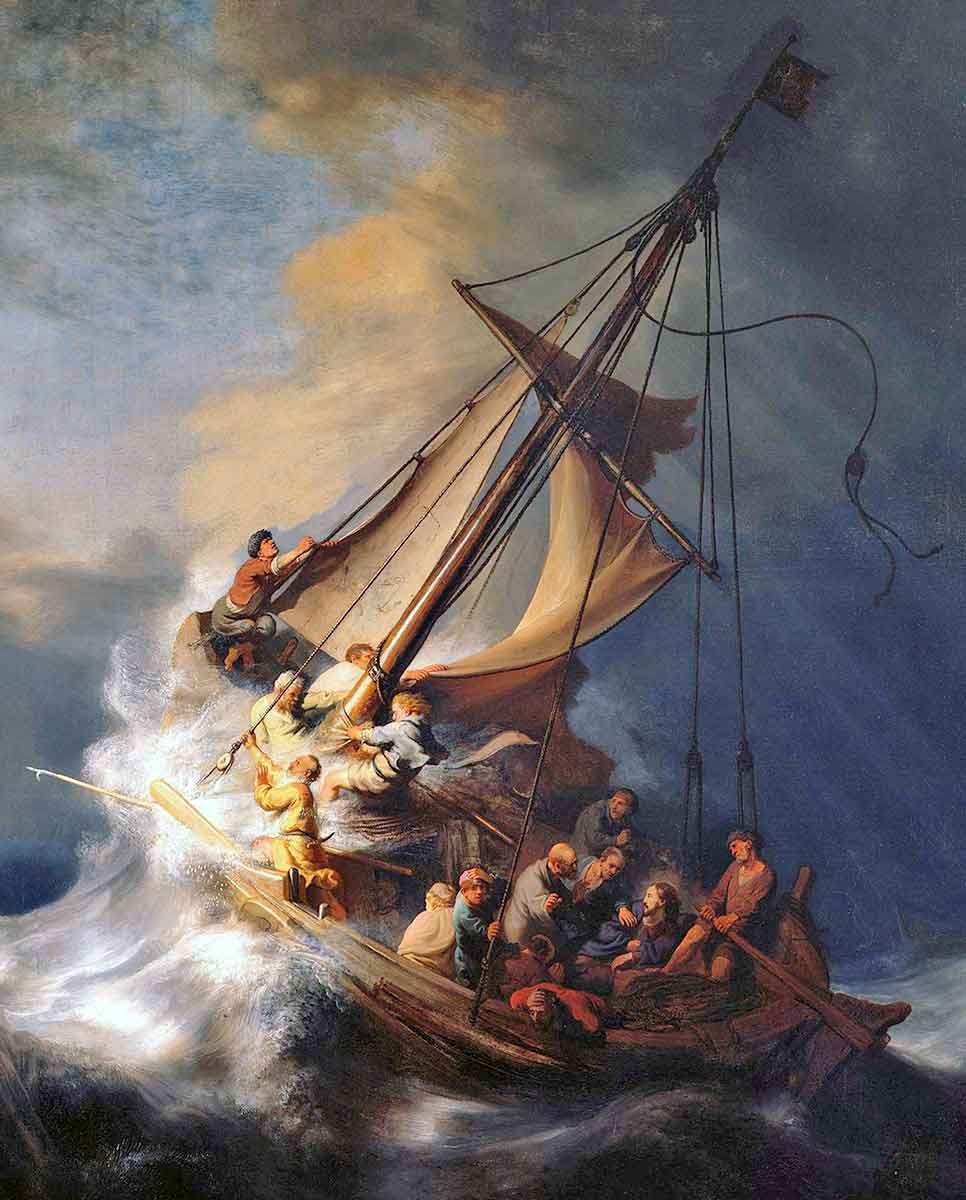
One of the greatest painters of all time, Rembrandt van Rijn was a prodigy who came from a financially secure family of millers. His interest in art was unexpected but supported by his parents. During his artistic career, he painted his self-portraits, documenting his journey as an artist and the development of his artistic language.
Most of the remaining oeuvre of Rembrandt consists of portraits and mythological scenes. The only seascape ever painted by the Dutch master was The Storm at the Sea of Galilee which went missing more than three decades ago. In March 1990, two thieves wearing police uniforms entered the Isabella Stewart Gardner Museum in Boston, attacked the guards, and looted thirteen works of art, including Rembrandt’s Storm. The list of stolen works also included works made by Degas, Manet, and Vermeer. The crime still remains unsolved.
10. Johannes Vermeer (The Netherlands): The Elusive Baroque Artist
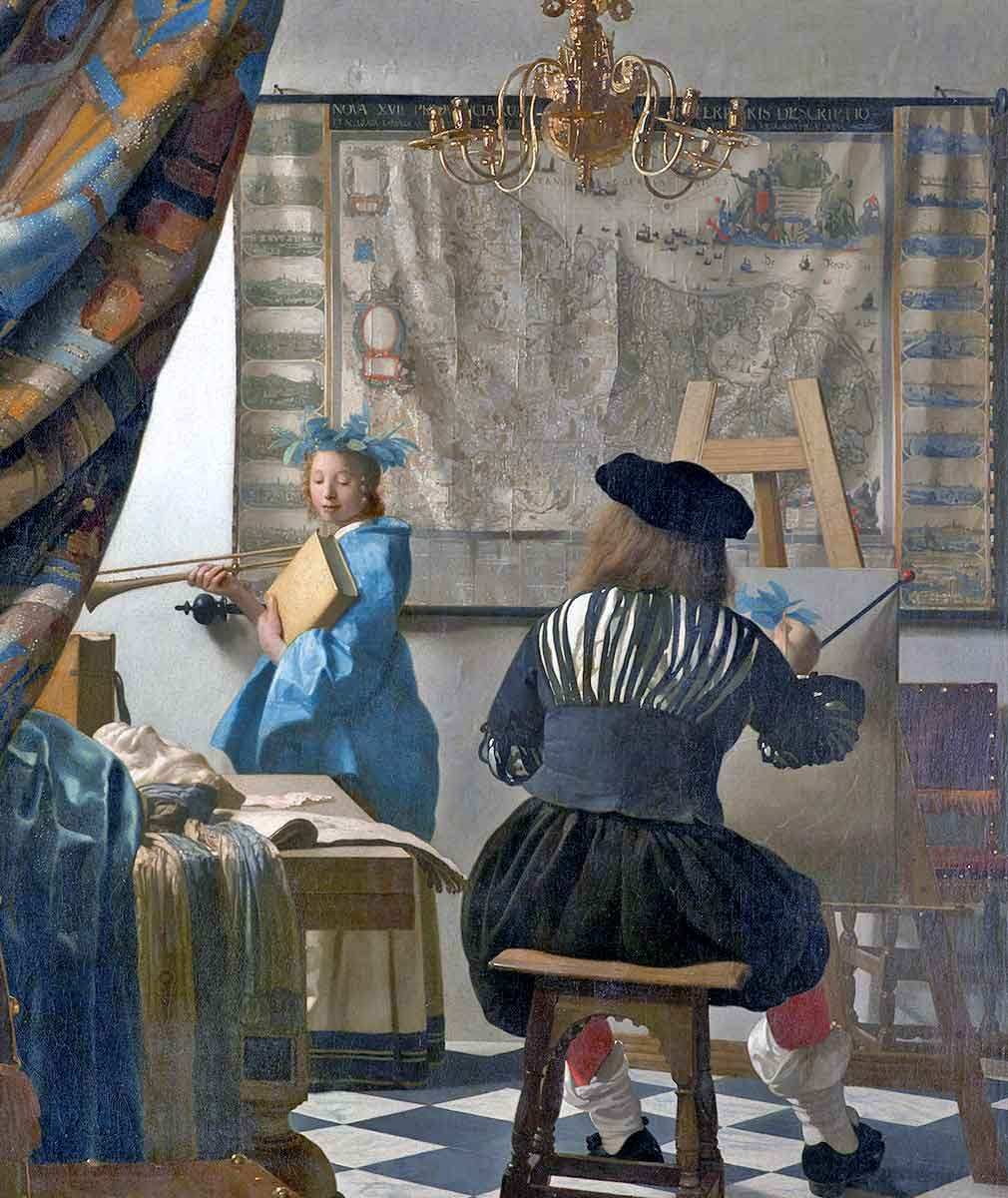
Johannes Vermeer, the greatest of the Dutch Baroque artists, still remains a mysterious figure despite his long-due recognition. During his lifetime, he struggled financially and left his wife and children with crushing debts. According to a note left by Vermeer’s wife, it was depression caused by his inability to work and provide for his family that led to his untimely death. Some Vermeer experts believe he could not focus on his artistic career due to the pressures of running a family business and working as an art dealer.
The remaining oeuvre of Vermeer consists of only 36 paintings, although the attribution of some of them is questionable. Essentially, Baroque was a Catholic art movement focused on emotional religious scenes. However, Vermeer worked in a Protestant region, where the clerics believed art was blasphemous and saw it as something that led to idolatry. This belief forced the Dutch Baroque to focus on secular scenes from daily life. For this reason, Vermeer’s characters pour milk, read letters, sew, or play musical instruments surrounded by safe domestic environments.


